Introduction:
This is a section from Glushko’s report on recommendations for the Soviet space program, not long after he took control of OKB-1 (Korolev’s Engineering bureau), from Mishin.
It debates the relative merits of the two different routes to get cosmonauts the Moon for a Lunar base he considered. Single launch, (requiring a much heavier vehicle), or dual launch, (Lighter but requiring Apollo style Lunar Orbit Rendezvous).
As usual, only a few pages from the full report are available. Full RGANTD report reference is F213 O5-1 D269.
Title Page:
SELECTION OF A PLAN FOR DELIVERY OF A LUNAR COMPLEX TO THE MOON
Basic Requirements and Possible Schemes of Expeditionary Ships.
For the creation and further servicing of the lunar complex, a lunar transportation system is being developed, which includes two types of ships:
Expeditionary ships for delivery of the lunar complex crew, and its return to Earth.
Transportation ships for delivery of lunar complex modules.
The following requirements are imposed on the ships of the transportation system:
Single-permanent delivery of three people of the lunar complex crew;
Ensuring a long (up to I year) stay of the ship on the Moon surface with the possibility of emergency launch on any day;
Delivery to the Moon surface of cargoes weighing at least 21 tons.
Two schemes can be considered as possible crew delivery schemes:
One-ship scheme.
Two-ship scheme.
In the single-ship scheme, the crew is delivered to lunar orbit in an expeditionary lunar spacecraft that lands on the surface of the Moon.
After accomplishing the task, the crew are in the take-off section of the spacecraft, and are launched from the Moon, to selenocentric orbit, and subsequent departure to the Earth.
In a two-ship scheme, two spacecraft are launched into lunar orbit (OISL): an orbiter, and a landing ship. The landing ship lands on the surface of the Moon, and the orbiter stays in lunar orbit, in automatic mode.
Before the return of the expedition, the ascent stage of the landing ship launches from the Moon surface, docks in a selenocentric orbit with the orbital ship, in which the crew makes a flight to the Earth.
The main features of the one-ship and two-ship schemes are described below.
The one-ship scheme
The expedition ship consists of two main units: the landing part - the lunar transport platform and the lunar re-entry vehicle.
The lunar transport platform includes a landing rocket block, which provides braking and landing on the Moon surface.
The lunar return vehicle includes: a take-off rocket unit designed for launching from the Moon, and flying back to Earth, and a descent vehicle for returning the crew to Earth. The flight scheme is presented in the diagram below.
The distinctive features of the one-ship scheme are:
(a) High reliability and safety of crew delivery to the Moon and its return to Earth. This is due to the absence of docking operations and fewer dynamic operations during the flight near the Moon.
When using a one-ship scheme for the tasks of the permanently operating lunar complex, reliability and safety are also increased due to the possibility of monitoring the state of onboard systems, and their maintenance by the crew, (including replacement of individual units), during the long stay of the spacecraft on the Moon.
a) Ensuring maximum unification of expedition and transport lunar spacecraft having the same mass when landing on the Moon surface.
(This translated as a bit clunky - the key point is that the landing block is essentially the same for crews, and for the heavy cargo delivery. Only one design is needed.)
In case of a one-ship scheme, a unified landing section, (a lunar transport platform including a landing rocket unit and a lunar landing device), can be used for both types of spacecraft.
Such unification will reduce the cost of building the complex, and increase its reliability and safety.
(b) The possibility of landing the lunar spacecraft in any region of the Moon with the crew returning to Earth at any time, (if necessary).
(Explanatory note - rendezvous with the orbiter needs a lot less fuel if the orbiters’ orbit is in the plane of the lunar equator, and the landing point is also close to the equator. Apollo landing sites were all quite close to the lunar equator. if no rendezvous is required, other locations can be chosen).
With a one-ship scheme, an expedition ship with a human crew, (the time of stay in the ship on the Moon = 5 days), requires an initial mass in lunar orbit of 60 tonnes.
At such an initial mass, the transport ship provides the delivery to the Moon’s surface of 21.5 tons of payload, which corresponds to the requirements of the transport system stated above.
Two-ship scheme.
The crew delivery to the Moon in the two-ship scheme is carried out by two ships: an orbiter and a landing ship.
The lunar orbiter includes a rocket unit for orbit correction and departure of the spacecraft from lunar orbit, as well as a launch vehicle for returning the crew to Earth.
The lunar landing vehicle consists of two main sections: landing and take-off. In terms of purpose and composition of systems, the landing unit is similar to the lunar transportation platform of the one-ship scheme.
The take-off block differs from the lunar re-entry vehicle in the single ship scheme in the absence of a descent vehicle.
During the crew's stay on the Moon, the orbiter is in standby mode in lunar orbit.
After completion of the specified program, the take-off unit with the crew will ascend to lunar orbit, and dock with the orbiter.
At the same time, before take-off, the orbit of the LOK should be corrected to ensure that the orbit is aligned with the launch point of the take-off vehicle.
(If the orbiter circles the Moon for a long time, the orbit will change due to the influence of the Moon’s gravitational field anomalies, which requires additional correction of the orbit to ensure docking. )
The distinctive features of the two-ship scheme are:
a) Reduced reliability and safety of delivery to the Moon and return of the crew to the Earth, due to the necessity to carry out a rather complicated operation of docking two orbiters in lunar orbit, (before the flight back to the Earth), as well as with more dynamic operations in the flight to the Moon. Ensuring reliability and safety in the two-ship scheme is a much more difficult task, since in this case the simultaneous operation of two spacecraft must be ensured, and the failure of one of them can lead to the death of the crew. A significant factor in reducing the reliability of the two-ship scheme is also the long stay of the LOK in lunar orbit, without any possibility of control and maintenance of its onboard systems by the crew.
b) It is practically impossible to create unified landing units for expedition and transport spacecraft. The landing weight of the expedition ship is 13.5 tonnes, and of the transport ship 31 tonnes, therefore the fuel reserves of the landing units and the thrust of their engines differ by more than twofold.
If the two-ship scheme is used for crew delivery, the ground transportation system should include three types of ships: orbital expeditionary, landing expeditionary, and transport.
b) The two-ship scheme for short-term stay of the crew on the Moon surface (up to 2-3 days) and limited landing areas can be realized with less weight of the spacecraft (by 20-25%) in comparison with the one-ship scheme, due to the lack of energy costs associated with landing on the Moon and return to OISL of the descent vehicle and fuel to ensure the flight from OISL to Earth.
However, when expanding the area of possible landing areas and increasing the time of stay over 3-5 days, while maintaining the possibility of departure to Earth on any day, the required mass of ships in the two-ship scheme increases and may exceed the required mass in the one-ship scheme.
This increase in ship mass is determined by two factors:
(a) additional costs of orbital correction - to align the orbital plane of the orbiter with the launch point of the landing craft, necessary to ensure docking. The maximum value of these costs increases in the delta V required for departure to Earth, Vk = 2700 m / s).
Costs for correction of the course significantly depend on the time of stay, caused by the fact that due to the rotation of the Moon there is a departure of the orbital plane of the orbiter from the landing area. (In other words, the landing point does not stay in the plane defined by the orbit of the LOK).
b) Additional costs (Vx = I00-I50 m/sec) to reach the correct docking orbit before take-off of the landing vehicle - to compensate for the effect of anomalies in the Moon's gravitational field during the long flight of the orbiter. (The Apollo trajectory planners called these “Mascons”, irregular mass distribution within the Moon, complicating orbits, and making them irregular).
Summary:
Glushko comes down squarely in favour of the simpler, one big ship approach. The key factors being:
Reduced development costs.
Much greater reliability.
Flexibility in choice of landing sites, as the ascent stage doesn’t need to match orbits with the orbiter.
I also get the feeling that he REALLY wasn’t very interested in the details of the landers - the old rocket plans were obliterated, but the lander designs seem to have been left pretty much untouched.
7 day download:
Here’s a 6200 x 4000 pixel download of a poster I built, based on a Soviet Union one comparing the N1-L3 lunar flight architecture with Apollo. As usual, 7 days before the download link expires. English and Russian versions are available.
This edition’s cool image:
This was taken from a lost film, compiled as a celebration of those who worked on the N-1 program.
This edition’s cool link:
RGANTD article on the flight of Valentina Tereshkova in Vostok 6, in Russian, lots of photos and video.
https://rgantd.ru/women_in_space/tereshkova/flight/





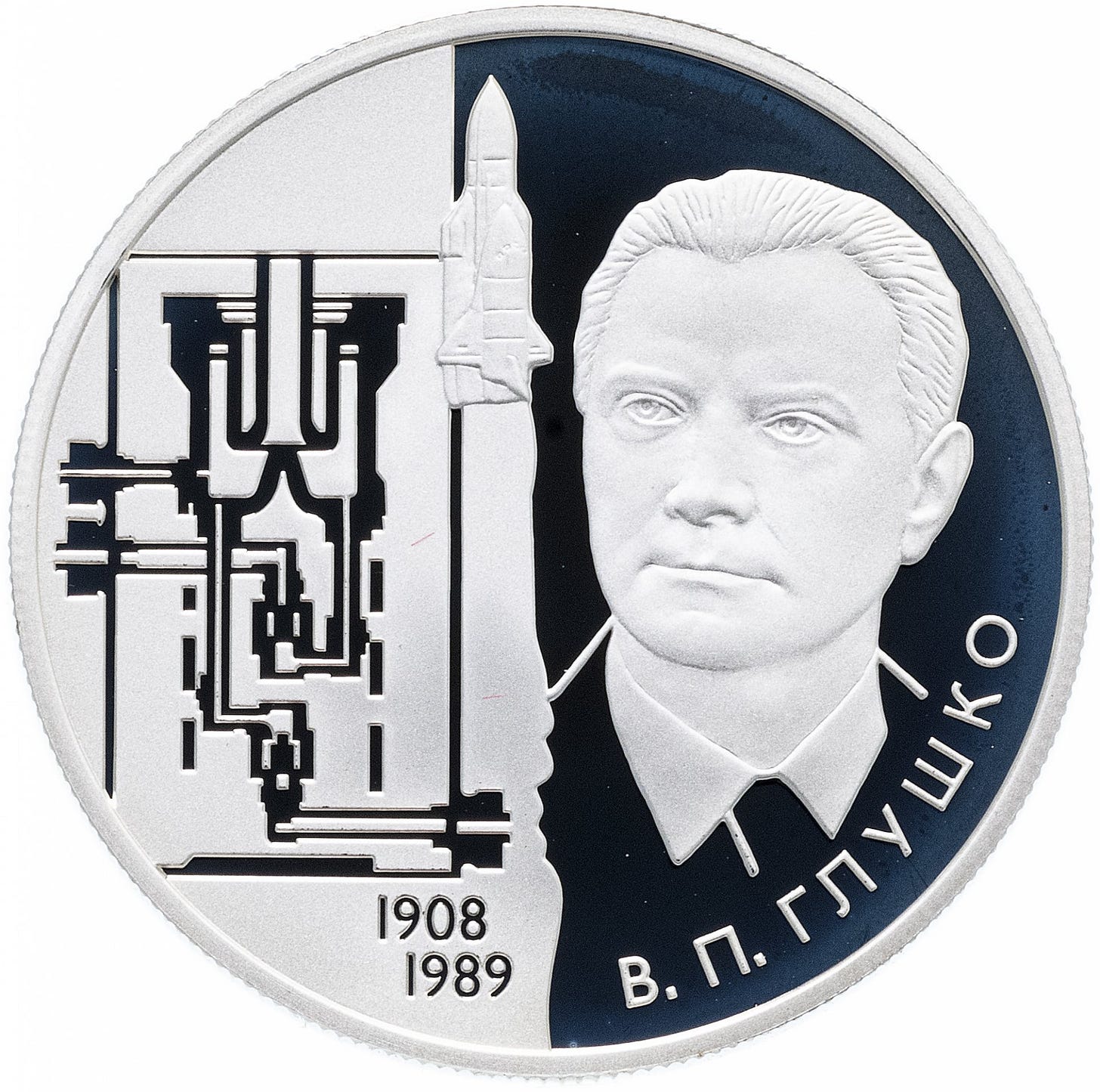

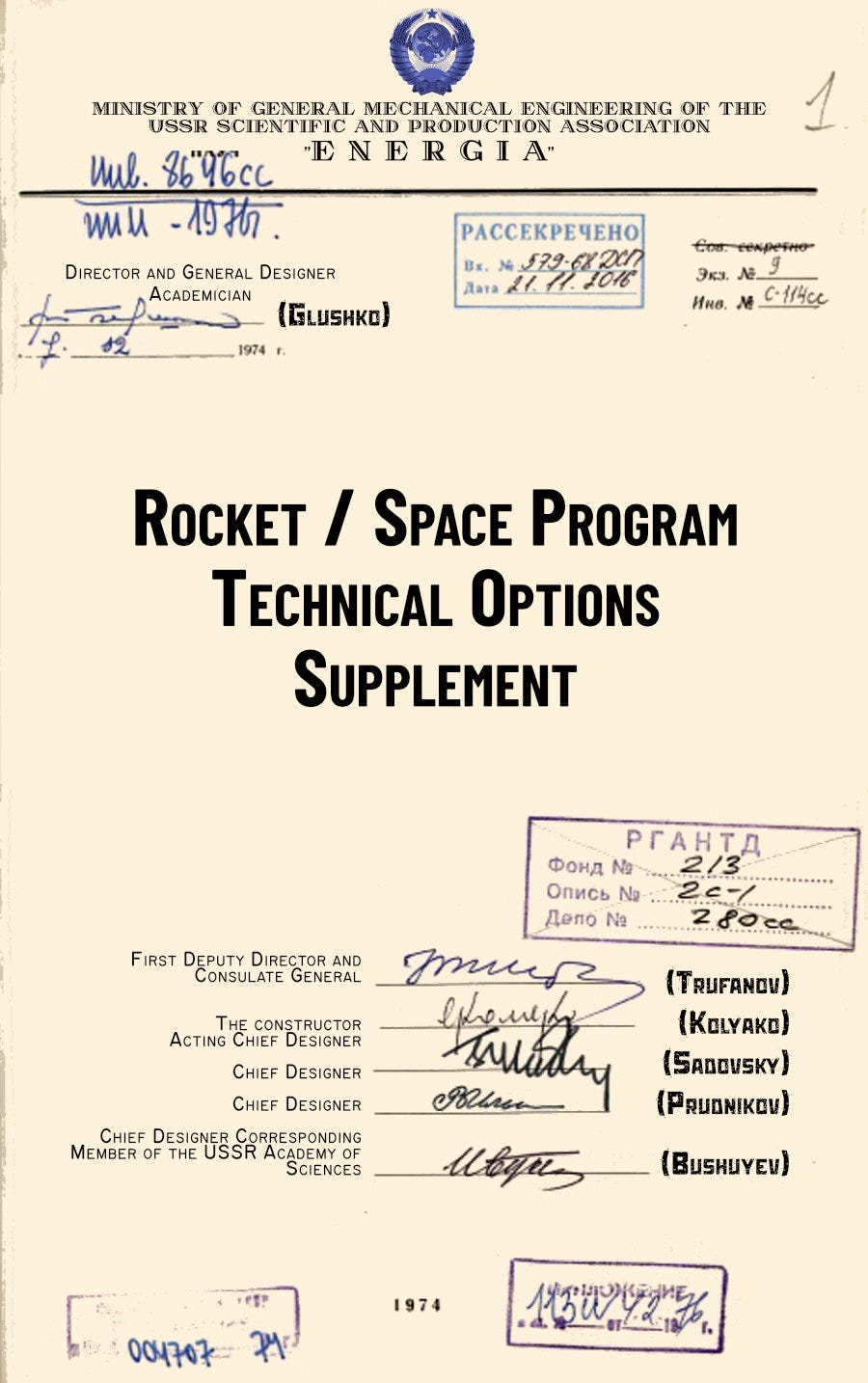
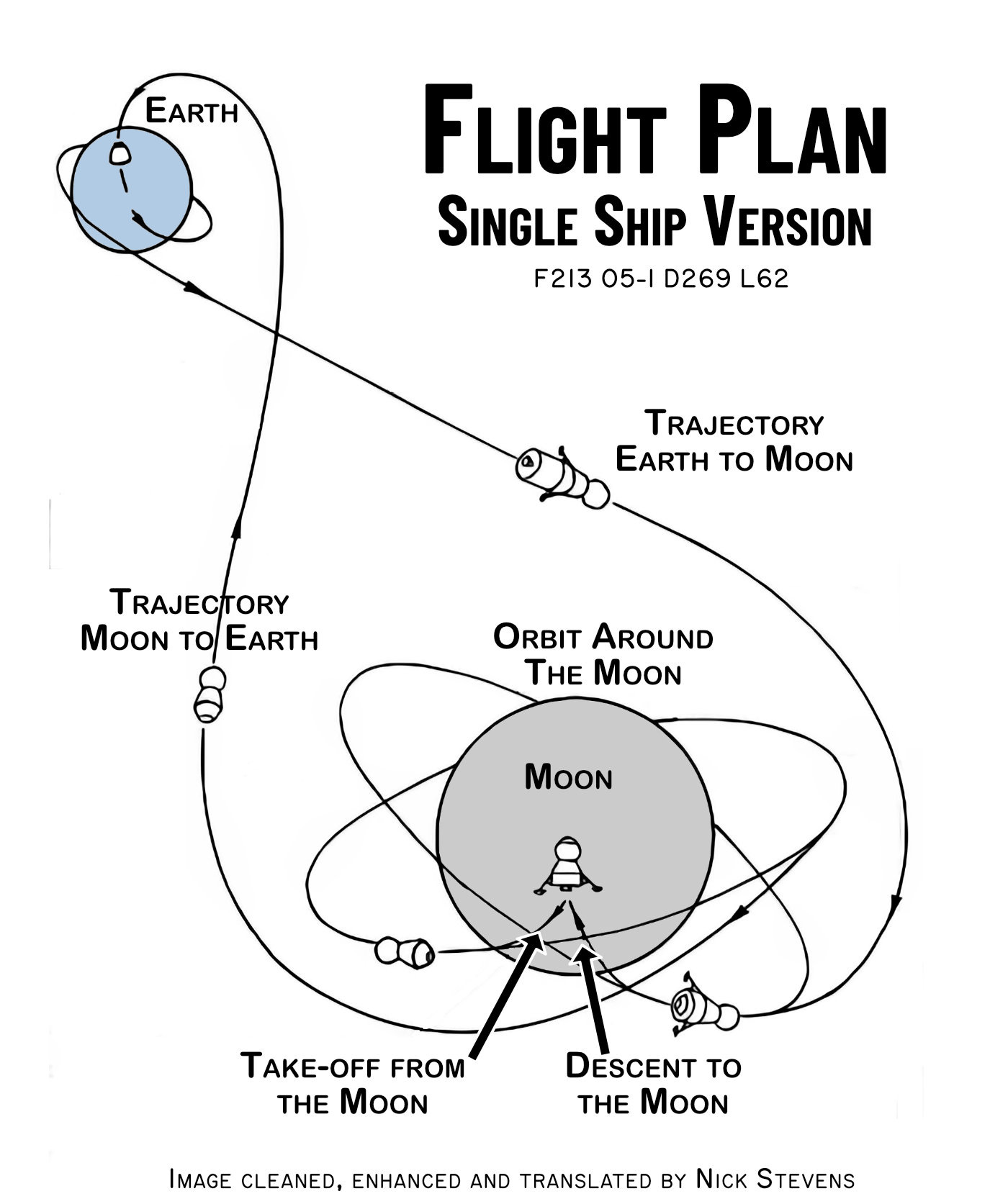
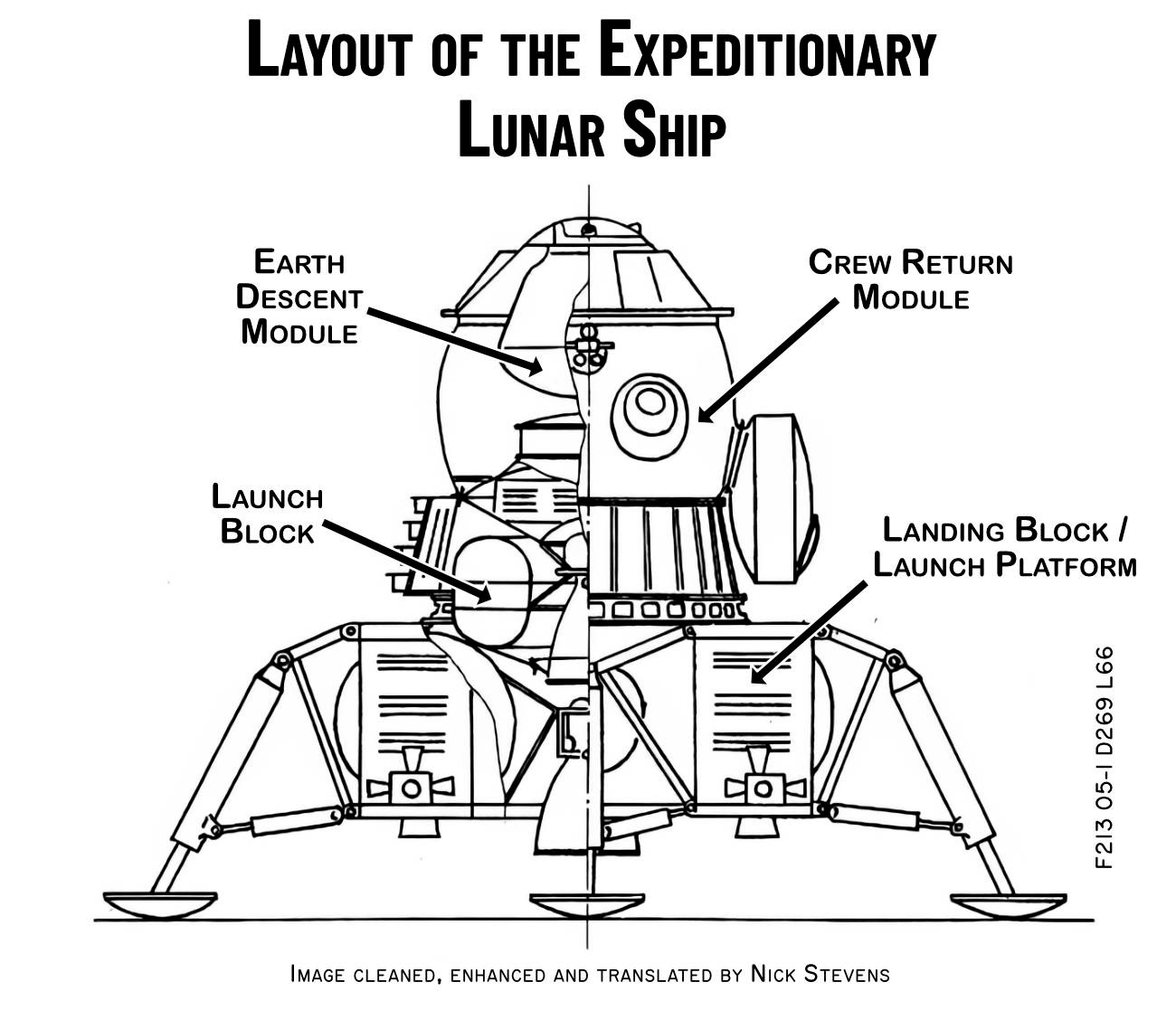
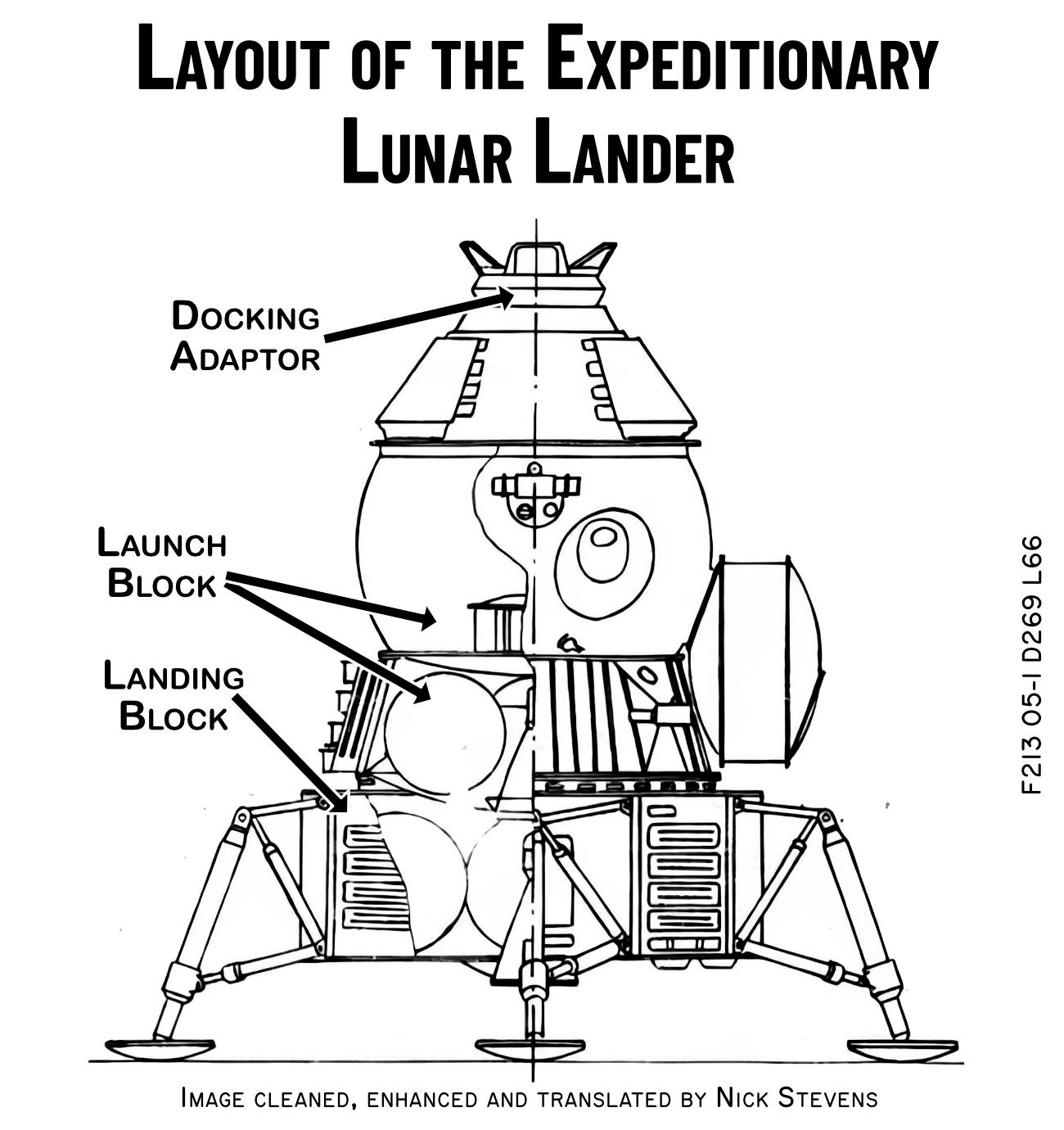
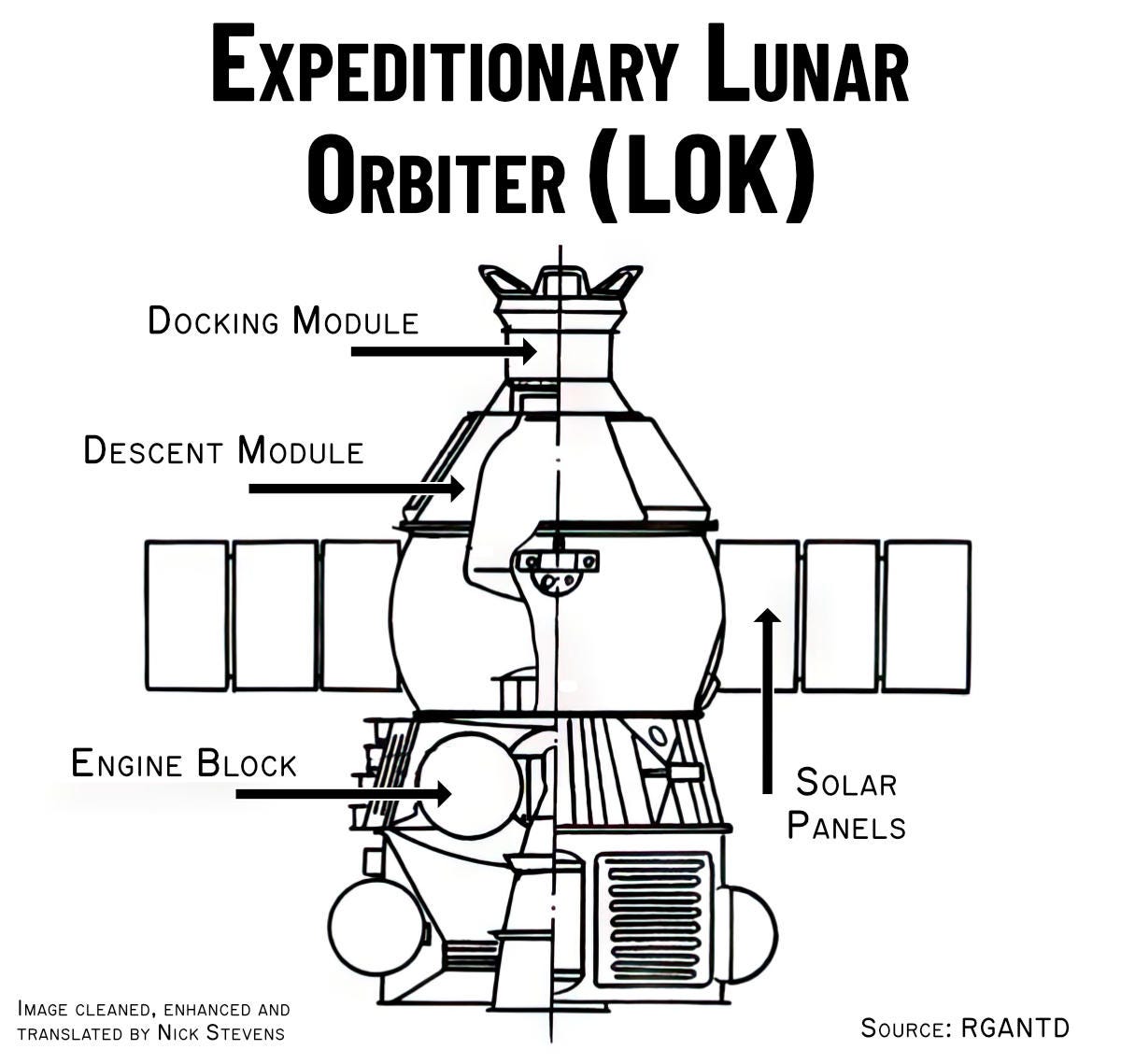
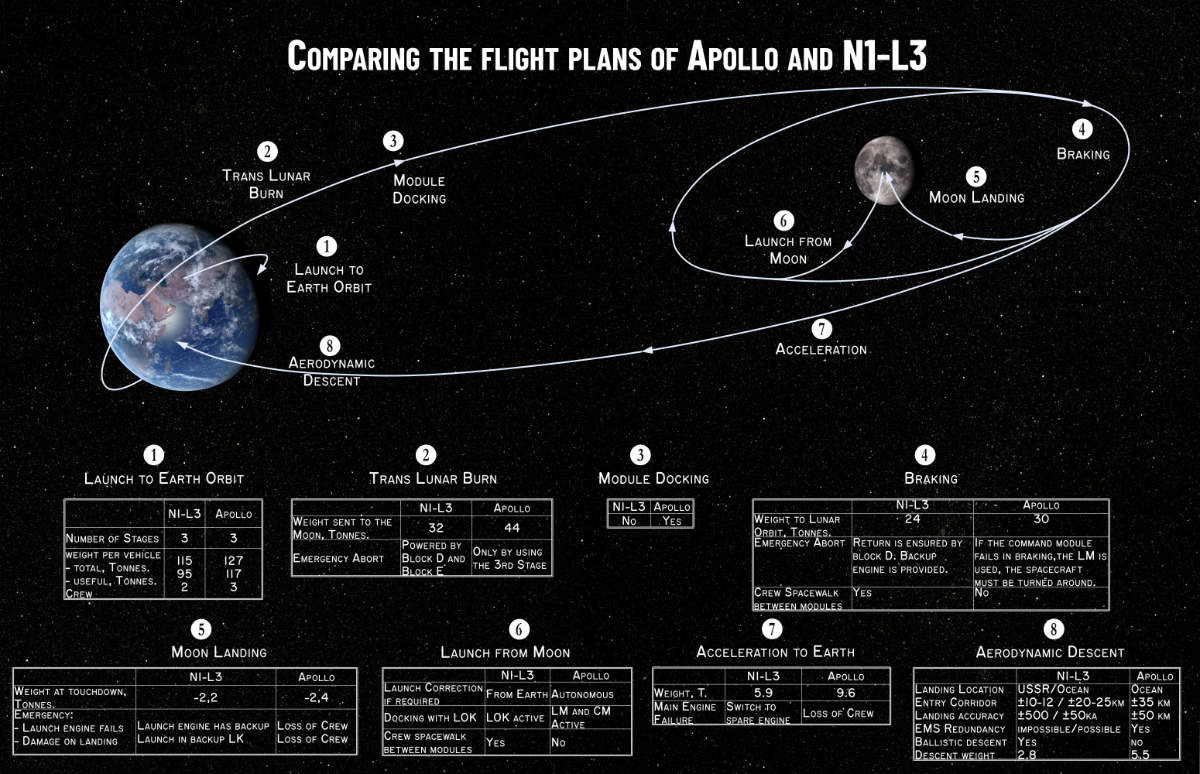
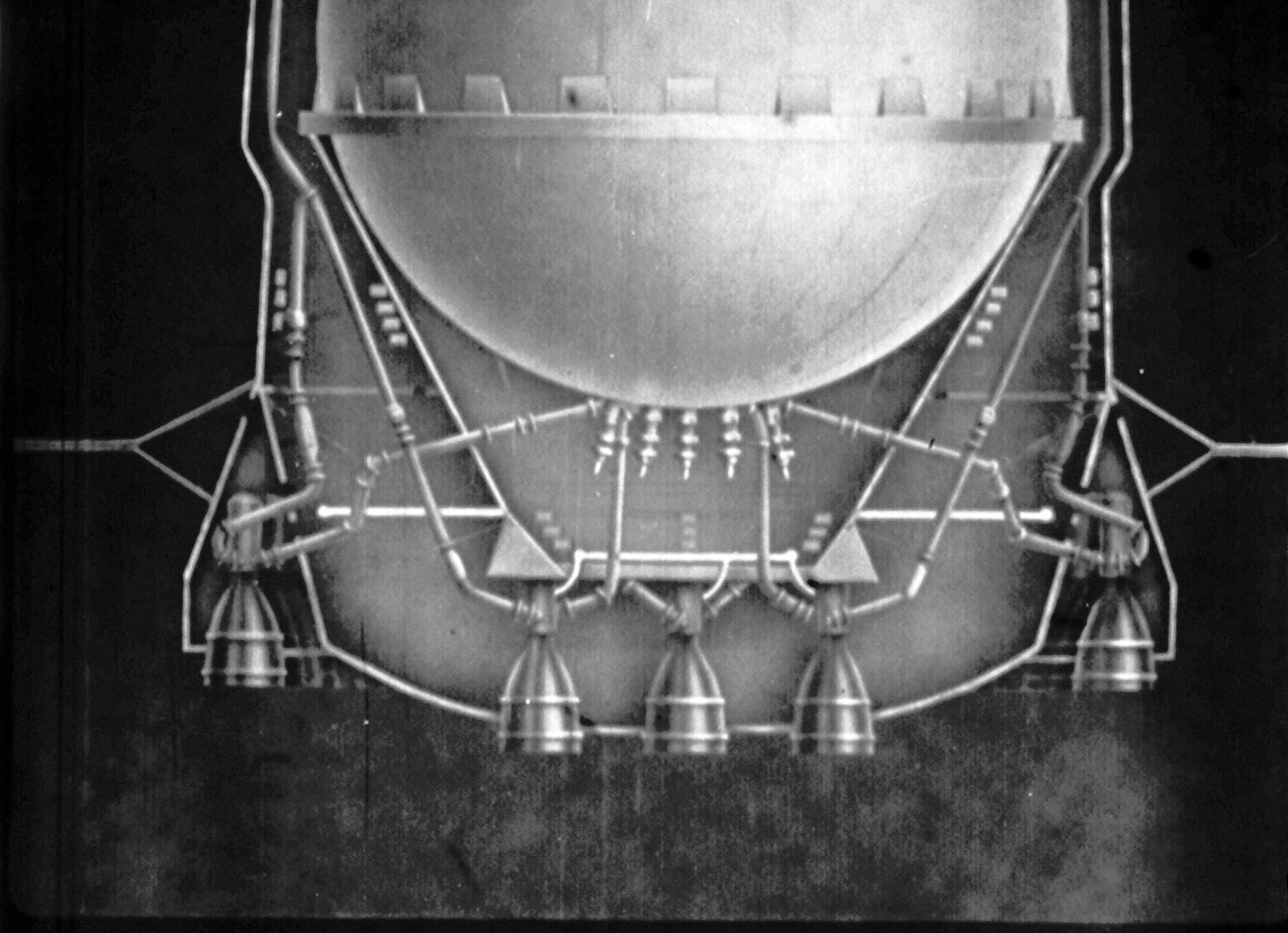
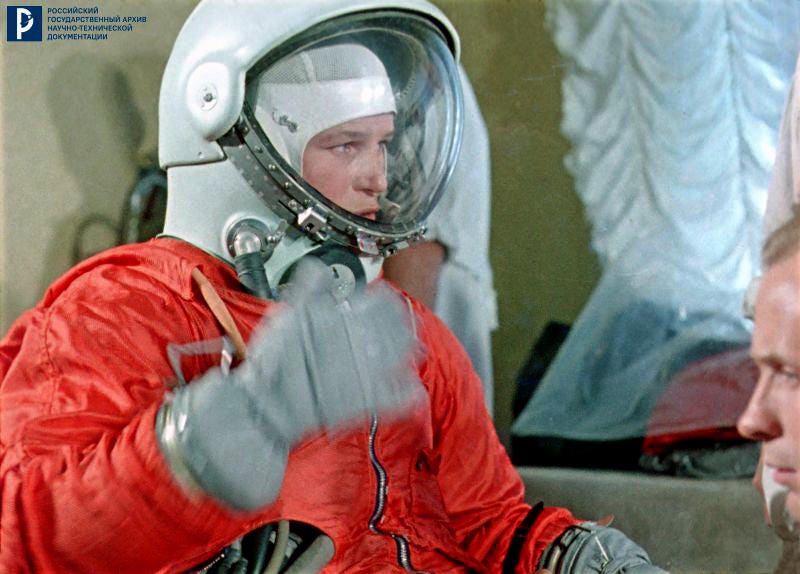
I’d be curious to know more about the development of the docking mechanism here. They clearly anticipated being done with spacewalking between vehicles
That N-1 drawing is amazing!